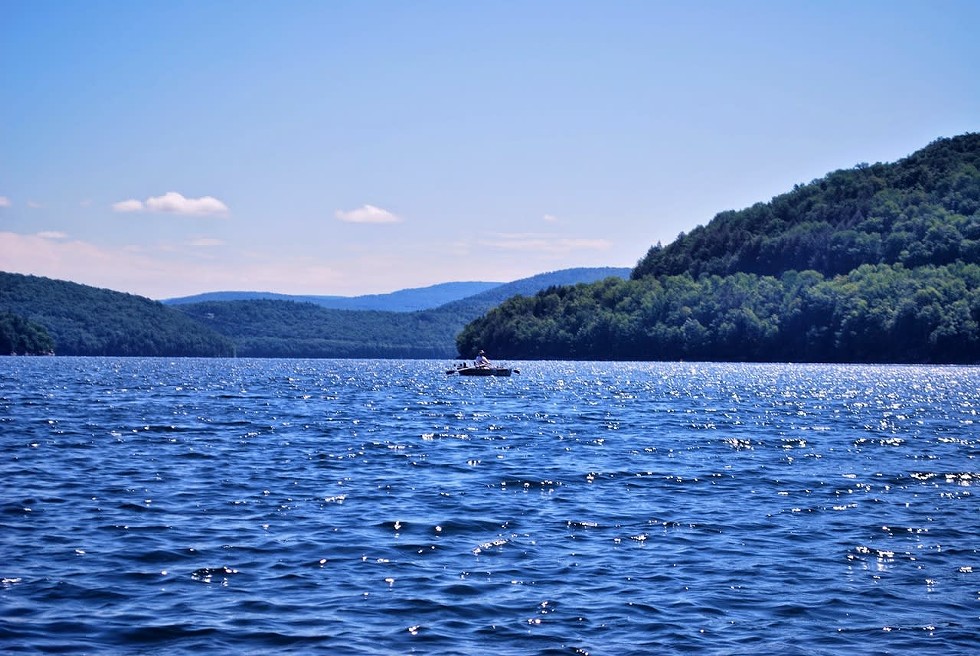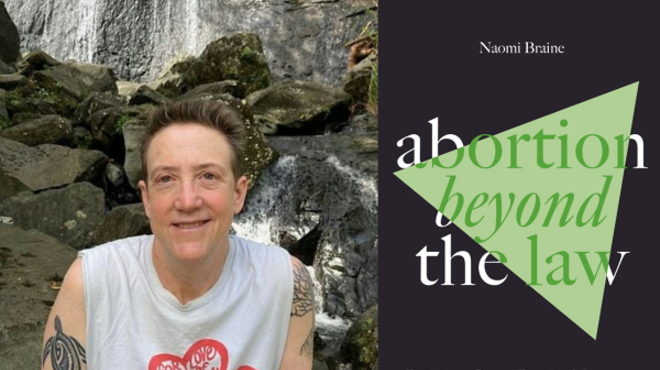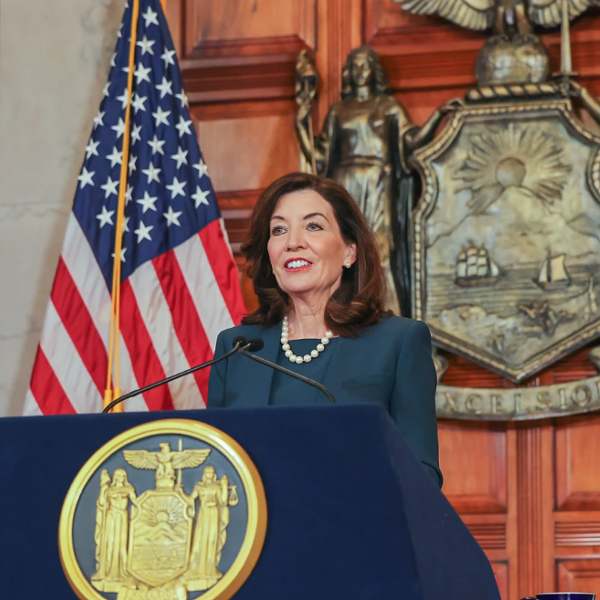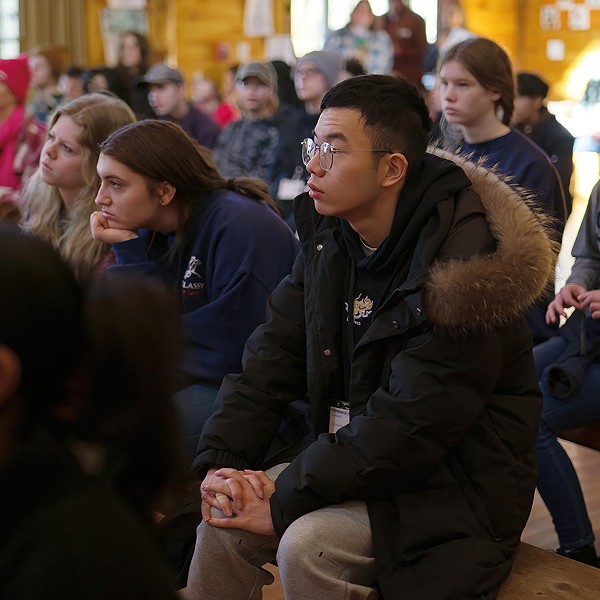New Yorkers made it unambiguously clear this past election day that their right to environmental protection is a top priority. While three other progressive changes to the state constitution failed to pass, including two that would’ve made it easier to vote, Ballot Proposal 2 passed with flying colors, receiving nearly 70 percent approval by voters who selected a choice (nearly 12 percent of overall voters left the question blank).
Proposal 2, the Environmental Rights Amendment, is only 15 words and decidedly straightforward, granting New Yorkers “the right of each person to clean air and water and a healthful environment.” Peter Iwanowicz, executive director of Environmental Advocates New York and one of the champions of the amendment, says that because the language “was so simple and straightforward, it allowed people to say yes—I want to have this right and I also understand there will be government decisions and court cases that will create more context around it.”
How exactly these government decisions and court cases will play out in the coming months and years is up in the air, and largely up to the interpretation of the courts. Michael Gerrard, a professor of environmental law at Columbia University, argues that the brevity of the amendment “adds to the uncertainty of how the courts will interpret it.” Nevertheless, Gerrard thinks the amendment “strengthens the argument for consideration of environmental conditions in a broad array of governmental decision-making.”
Among the wide-reaching list of individuals and organizations who supported the amendment is a coalition of citizen groups based out of Hoosick Falls, a small town that was informed in 2015 by the EPA that its water was unsafe to drink because of toxic PFOA contamination by a private factory. Professor Nicholas A. Robinson of Pace University has argued that had the amendment existed at the time of contamination, it may have enabled the citizens of Hoosick Falls to go to court at once, instead of having to wait nearly two years for the DEC or EPA to respond.
In the future, New York communities like Hoosick Falls will be able to cite their civil rights to a clean environment directly from the state constitution. Iwanowicz and Gerrard both liken the amendment to a tool, with language at the disposal of New Yorkers to protect their legal rights. Citizens will now have the ability to petition local town planning boards, town and city councils, state legislators, and the governor to make decisions in line with their environmental rights. Unlike pre-existing legislation that prohibits pollution above certain levels, Iwanowicz sees the amendment as “a mode of preventing pollution, rather than controlling it after the fact.”
The Counterargument to Prop 2
Not everyone is on board with the amendment. Some stakeholders argue it will lead to a slew of citizen suits that will financially burden defendants unfairly dragged to court. Jeff Williams, director of public policy for the New York Farm Bureau, says that New York farmers will be among those negatively affected.
“A neighbor of a farm may not like a farmer plowing their fields with a diesel tractor, or think there is some perceived infraction,” Williams says. “No matter how truthful that is or how misunderstood the land owner is, the individual is going to have to get a lawyer and go to court to defend themselves against someone who perceives a violation. It’s such an aspirational phrase, but what it actually means for day-to-day life, that’s what we’re concerned about.”
Gerrard doesn’t see citizen suits as a huge cause for concern, though. He thinks the constitutional amendment may be added as an additional basis in suits, but doubts it will spark lawsuits that wouldn’t have happened anyway under existing laws. Iwanowicz’s response to the argument brought forward by the Farm Bureau is straightforward: “If you’re not polluting someone’s air or water or making a poisonous situation, then an amendment like this shouldn’t be that troubling or concerning to you.”
It will take a few years to know the amendment’s effectiveness in making government policy, development proposals, and regulations more environmentally friendly, and how much it can protect citizens whose newly enshrined rights are infringed upon. Much will depend upon the cases that use the legislation as a line of defense.
However, the lopsided victory of the amendment, especially compared to the other ballot proposals, is indicative of New Yorkers’ attitudes towards environmental protection. “There were conscious decisions by New York voters to hone in on the ballot questions, and this one really resonated,” Iwanowicz says. “If I’m an elected official at the state or local level in New York, I should be sitting up even straighter and taking notice of the value set that all New Yorkers place in a healthful environment.”


















